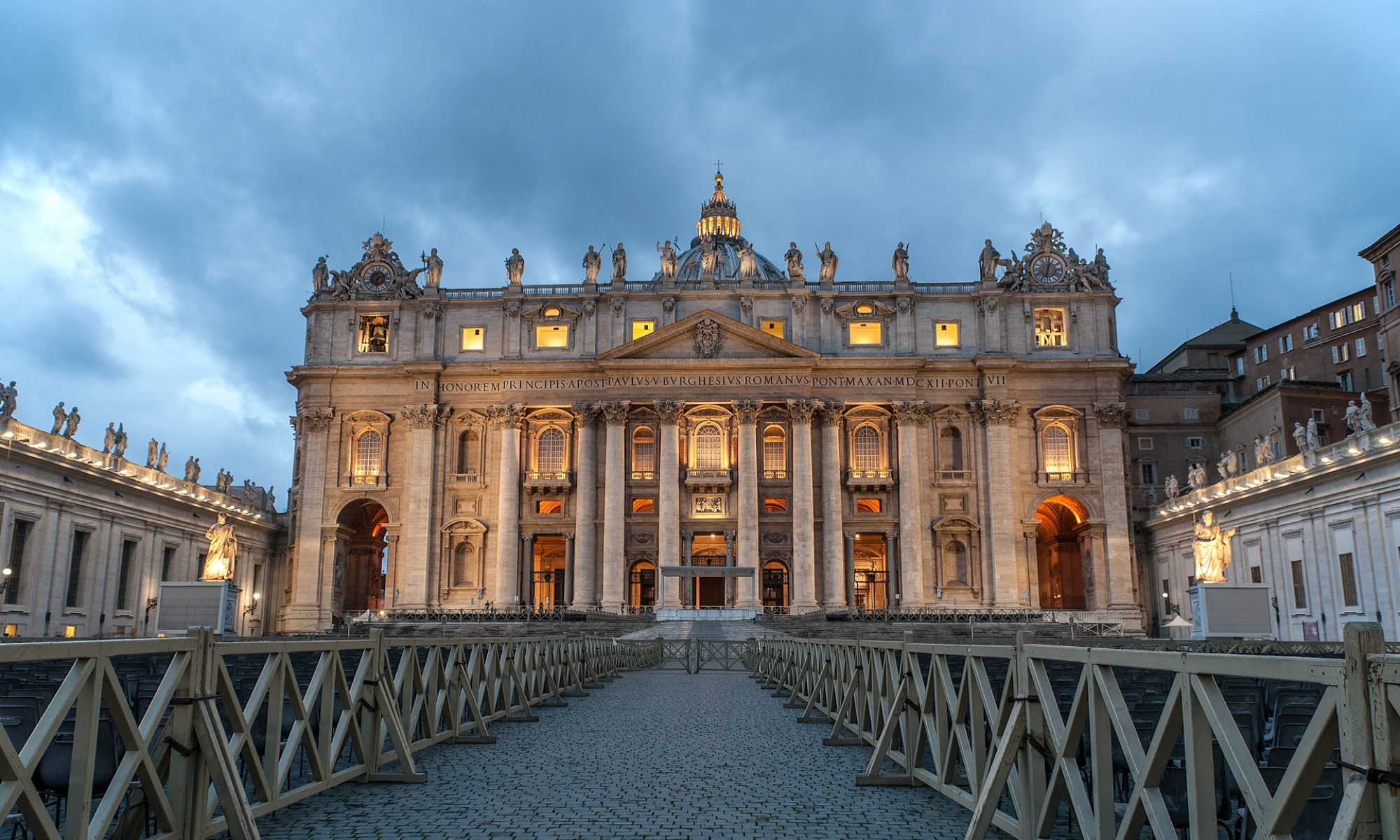7 febbraio 2012
recensione a: Rino Fisichella, La nuova evangelizzazione. Una sfida per uscire dall’indifferenza, Milano, Mondadori 2011, pp. 146.
La nuova evangelizzazione (NE) è la parola d’ordine di gran parte di ciò che accade in Vaticano. Benedetto XVI ha istituito un nuovo Pontificio Consiglio nel 2010 interamente dedicato ad essa. Quest’ultima lentamente ma costantemente sta diventando il tema principale di molti progetti sponsorizzati dal Vaticano.
In questo libro il presidente del dicastero appena creato, mons. Rino Fisichella, enuncia il significato della NE e offre una prospettiva interessante sulla direzione che questa iniziativa sta prendendo. Fisichella è stato docente di Teologia fondamentale per molti anni e poi rettore della Pontificia Università Lateranense, una delle maggiori e più prestigiose istituzioni accademiche a Roma. Dopo aver trascorso gran parte della sua vita a riflettere sul rapporto spesso turbolento tra fede e mondo moderno, Benedetto XVI lo ha chiamato a guidare gli sforzi del Vaticano sulla mobilitazione della Chiesa cattolica verso la NE.
Fisichella chiarisce che la NE si applica a quei paesi dove la Chiesa cattolica è stata fondata in tempi antichi e dove il primo annuncio del Vangelo è risuonato da molti secoli. Egli riconosce il fatto che la parola “evangelizzazione” e il vocabolario intorno ad esso è stato trattato con sospetto negli ambienti cattolici, considerando il suo utilizzo prevalentemente “protestante”. La missione e la catechesi sono stati i termini tradizionali preferiti per lungo tempo. E’ solo dopo il Concilio Vaticano II che il linguaggio della evangelizzazione cominciò ad essere usato anche nella teologia cattolica.
L’espressione “nuova evangelizzazione” è stata coniata da Giovanni Paolo II nel 1979 e successivamente ha conseguito un significato teologico tecnico. La sua specificità ha a che fare con i suoi destinatari, cioè le masse che sono state battezzate nella Chiesa romana, ma hanno “perduto il senso vivo della loro fede”. L’obiettivo della NE è di richiamarli alla chiesa madre.
Fisichella si impegna nel tentativo di analizzare ciò che ha causato una tale transizione all’ateismo pratico. La radice della crisi occidentale è la trasformazione del processo di secolarizzazione in un forte movimento verso il secolarismo. Il primo è un processo sociologico che riflette il pluralismo, il secondo è una nuova religione dogmatica, che è anti-cristiana. Questo nuovo atteggiamento dimentica la ricca “sintesi tra il pensiero greco-romano e il cristianesimo” e la sostituisce con una ideologia di indifferenza religiosa e di relativismo. Fisichella sostiene che “la patologia che affligge il mondo di oggi è culturale” e deve essere interamente attribuita al secolarismo.
Questa è una lettura standard delle tendenze culturali occidentali da un punto di vista tradizionale. Ciò che colpisce nella ricostruzione altrimenti sfumata di Fisichella è la mancanza di autocritica. Sembra che il responsabile della crisi attuale sia la sola secolarizzazione, mentre le chiese sembrano non avere alcuna responsabilità. Anche quando deplora la profonda ignoranza che la maggior parte delle persone manifesta sui dogmi della fede cristiana, Fisichella omette di dire di chi sia la colpa (almeno in parte, ma realmente) di una simile ignoranza. Siamo sicuri che le chiese europee non abbiano alcuna responsabilità per la crisi spirituale e culturale di oggi, soprattutto quando si pretende di avere il 70 per cento e più di battezzati nella maggior parte dei paesi? Non c’è qualcosa di sbagliato nella loro teologia dell’iniziazione cristiana? Non c’è un problema nel loro impatto catechistico? Non c’è qualcosa di imbarazzante nella loro testimonianza al Vangelo? Sono le chiese irreprensibili rispetto al tumulto spirituale dell’Occidente? Per Fisichella, il problema non si pone nemmeno: è tutta colpa della secolarizzazione.
La NE è necessaria perché l’Occidente si è allontanato dalle sue radici cristiane ed è il momento di invertire la tendenza. Secondo l’A., il campo di battaglia è culturale, la questione in gioco è antropologica, il compito della Chiesa è quello di promuovere un nuovo umanesimo, cioè una sintesi più avanzata tra i valori cristiani e l’eredità greco-romana attraverso la riscoperta della virtù della coerenza da parte dei cristiani. La NE sarà un mezzo per raggiungere questo ambizioso obiettivo.
Finora, la presentazione della NE non contiene parole bibliche cruciali come il pentimento per gli errori del passato e del presente, la confessione di peccato, la conversione a Gesù Cristo. Se la nuova evangelizzazione vorrà portare il suo frutto, non ci sarà altra via che quella biblica.

